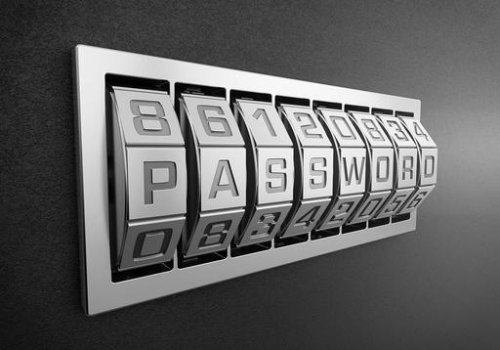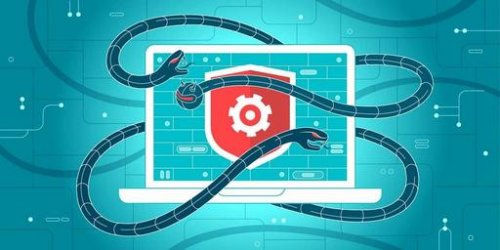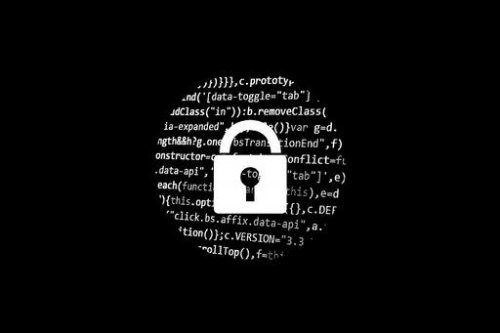The Internet can be a dangerous place nowadays… especially if you don’t pay attention. That is why it is of utmost importance to make the necessary steps and use the ewallet of your choice in a secure manner.

Indeed, all popular ewallets have top-notch security… on their end. Whether it’s PayPal, Skrill, Neteller, WebMoney, ecoPayz, myneosurf, or Yandex Money, all encrypt the sensitive data you send to them - the details of your VISA or Mastercard for example - so that a possible intruder cannot possibly decipher and steal any financial information.
Moreover, all have complex firewalls that protect their database servers from possible intrusions. Still, to make your favorite ewallet bulletproof to any outside attacks, you still have to make some adjustments on your end. What kind of adjustments, you ask? Take a look at our suggestions below and never worry about the security of your ewallet money ever again.
Strong, Changeable Password
The most obvious step you have to make to secure your data, in general, is changing the way you think about and use passwords on a daily basis.

First things first: try NOT to use the same password twice, especially when real hard-earned money is involved. Furthermore, avoid using simple passwords like your birth date and think of something more complex that could include numbers, letters & special characters. You can always write the password down on some notebook and keep it near your home office. Since you’ll have multiple complex passwords to manage your online private life, it’s better to write them down. At some point in the future, you will get them mixed up and you’ll probably need to refresh your memory by looking at that special notebook where you keep your private passwords.
You can also download and use password manager software. Many of them are free and all come with the built-in option of generating countless & very strong passwords. To access them all, you will need only a master password for you to remember. Like always, make the master password more complex than just a simple birth date and write it down if you have to.
For even more security, try and develop a habit of changing your ewallet password at least once a year. This way, you can avoid any possible breaches that may inadvertently occur while using your favorite ewallet and keep the hackers guessing.
Two-Factor Authentication
Another step that could keep the potential malicious actors at bay is activating the two-factor authentication aka 2FA
option.
What is 2FA? A one-time password that resets at a certain period of time (usually 30 seconds). The 2FA will NOT replace your everyday password. It’s just an extra password consisting of a number of digits that you will need to type down besides the usual password. It’s the extra layer of security that will turn your ewallet into an unbreachable vault, basically.

To activate the two-factor authentication, you will need to download the Google Authenticator app (available for both Android & iOS), plus a QR reader app. With the activation, you will see a QR code that your smartphone/tablet camera needs to scan. The Authenticator app will open automatically and show you the one-time password you need.
Some ewallets like Skrill & Neteller give you the option to order a password token which works the same way as the traditional 2FA works. It will cost you money, but once you receive the token device, all you have to do is insert the serial number and link the token with your account. After that, every time you want to access your ewallet account, you’ll need to turn the token on and insert the PIN shown on the display.
There are also other options that work with 2FA. You can download a portable executable, paste it on a USB device, and use it whenever you want to access your default ewallet. Moreover, you can order a special secure hardware USB with a built-in 2FA like Yubico. Once you link your Yubico to the ewallet, you can easily log in by just inserting Yubico into a USB port and press the Y button. Bulletproof security guaranteed.
Use Your Antivirus At Its Full Potential
If you want to go all the way and make any hacker cringe in pain, you can use the features your antivirus has, as an extra security layer.
Most popular premium antivirus software companies do not create just antiviruses, these days. They create a complete Internet Security solution that can help any Internet user protect him/herself from a capable malicious actor who wants to steal your ewallet money.

Bitdefender, Kaspersky, and ESET NOD32, for example, have special security layers designed for banking and payment protection. Use them and the security of your ewallet is complete.
All antivirus software have built-in add-ons for the most popular browsers to protect you from fake sites aka phishing and all pay special attention to the trending online threat known as ransomware (locking your device and asking a ransom usually in Bitcoin & cryptocurrency to unlock it).
Another neat feature is the antivirus’s password manager, encrypted and protected from all outside threats. Still, if you don’t want to use it and choose an independent password manager, you can store the file database in special encrypted storage spaces that can be unlocked only if you know the right combination. In Bitdefender’s case, for example, this encrypted storage the software creates for you is called ‘vault.’ Good luck with that, hackers…
Hackers, Beware: Our eWallet Security Is Top-Notch!

If you read our blog post regarding ewallet security and applied all our recommendations, then you must be a hacker’s worst possible nightmare.
The attacker can’t guess the password and even if, by some chance manages to get the combination right, he can’t access your ewallet because of the extra security layer provided by the two-factor authentication.
In addition, the attacker can’t quite steal your sensitive information with a reliable antivirus software & Internet Security. All data is encrypted since you use ‘vaults’ and banking & payment protection layers. Fake sites & ransomware attempts are already history with a popular Internet Security installed.
In other words, no hacker can breach and steal your ewallet money. Congrats!




